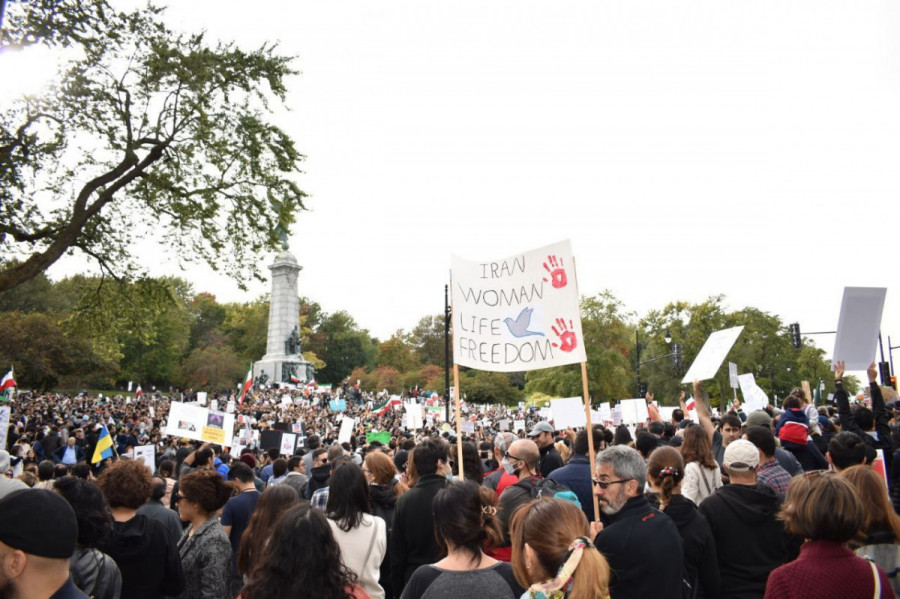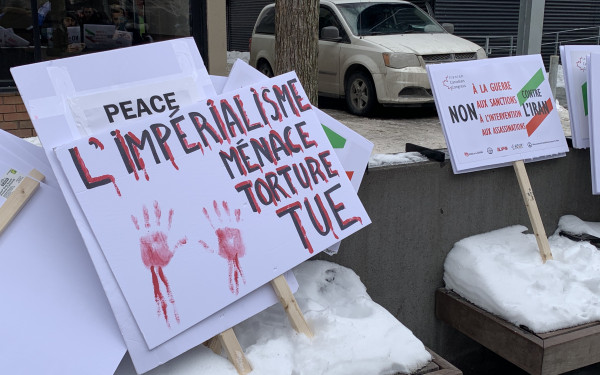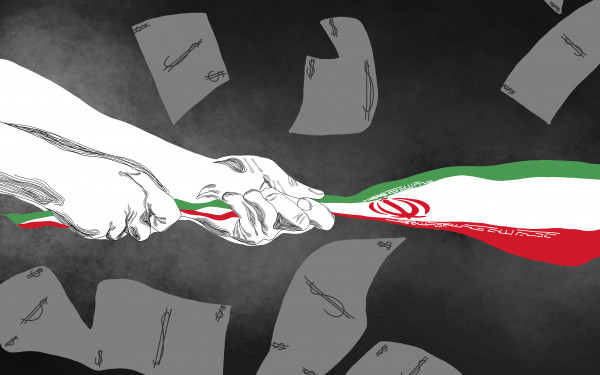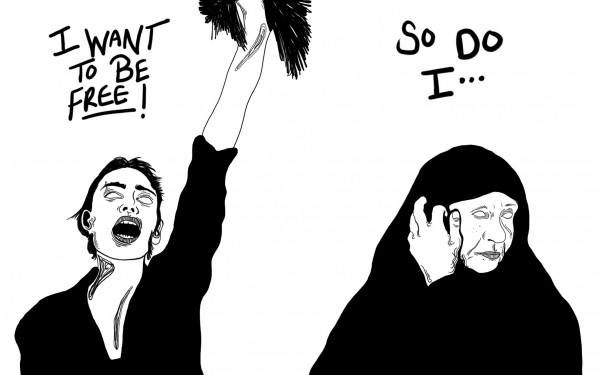Editorial: Why Iran’s Uprising is a Feminist Revolution: An In-Depth Look
On Sept. 16 2022, Jina (Masha) Amini travelled to Tehran, Iran’s capital from Saqqez—her hometown in the Kurdistan province.
She was arrested in Tehran by the morality police for not being properly veiled and was bludgeoned to death while in custody.
Her murder, at the hands of Iran’s morality police, sparked widespread protests in Iran and the world. The Iranian diaspora rose in solidarity with their brethren in Iran and organized widespread protests as well.
The world witnessed an unprecedented show of solidarity for Jina (Masha) Amini. In turn, Iran started to repress the ongoing protests which led many to name this uprising a feminist revolution. But is it really? This article intends to explain why this uprising is a revolution and a feminist one in nature.
What is a revolution? The definition given by the Cambridge Dictionary is the following: “a change in the way a country is governed, usually to a different political system and often using violence or war”.
According to this definition alone, the protests in Iran, although violent in nature, cannot be called a revolution since there has not been a change in government yet. However, a revolution does not occur overnight, and Iran has witnessed three major revolutions which have shaped the country in the last century. Revolutions occur over a large span of time and constitute a series of events that lead to one major decisive event. As history often repeats itself, we will examine the events that have led to this uprising which many now call a revolution.
Iran has witnessed widespread repression for decades. Women, the LGBTQA+ community, ethnic minorities, religious minorities, students and teachers, the working class, journalists and political activists among others have faced the brunt of this repression. Iran has seen mass protests in 2009 (the green movement), 2017, 2019 and finally in 2022. These protests were all on a national scale and were each severely repressed. For example, in the 2019 protests, at least 304 people were killed after the government cut access to the internet.
The murder of Neda Agha Soltan and the executions of Ruhollah Zam and Navid Afkari are also all examples of turn-point events that have led to the climax we are witnessing today.
Women, who naturally form half of Iran’s society, started this movement because Amini’s murder itself was a manifestation of the oppression women endure. As the biggest oppressed minority, they spoke up and are uprising.
As the entirety of Iran from North to South and East to West is in protest, we have witnessed ethnic cleansing in the provinces of Kurdistan and Baluchistan by government forces against the Kurds and the Baloch. The repression forces of Iran have also corralled university students into parking lots and fired live ammunition at them. Middle school and high school students have been attacked as well. And finally, on Oct.16, the Evin Prison, one of Iran’s most notorious prisons where political activists, journalists and students are currently incarcerated, was lit in flames and attacked by government forces who once again fired live ammunition at defenceless prisoners.
The sheer magnitude of these events in Iran and the ripple effect it had among the diaspora point to the fact that this is indeed a revolution. Toronto saw a record-breaking protest of 50,000 people on Oct. 1, for example.
Iranians are no longer protesting merely for an economic or a feminist cause, at this point, they want a complete regime change. The Iranian people have spoken, all generations from elementary schools to senior citizens are demanding a change of regime which does in of itself constitute the definition of revolution.


_600_832_s.png)


_600_375_90_s_c1.jpg)

